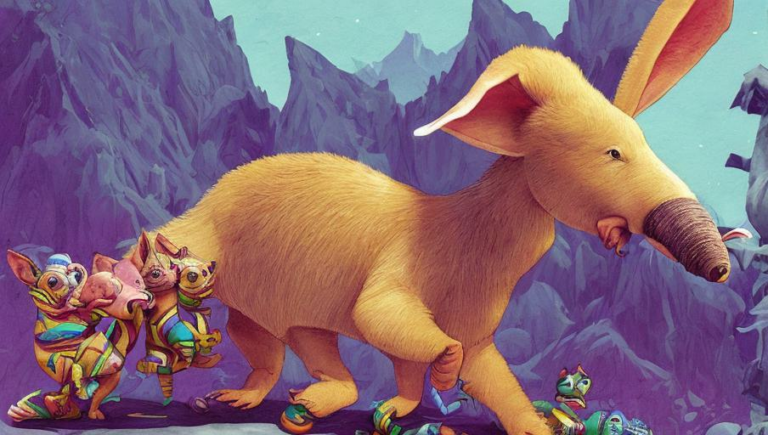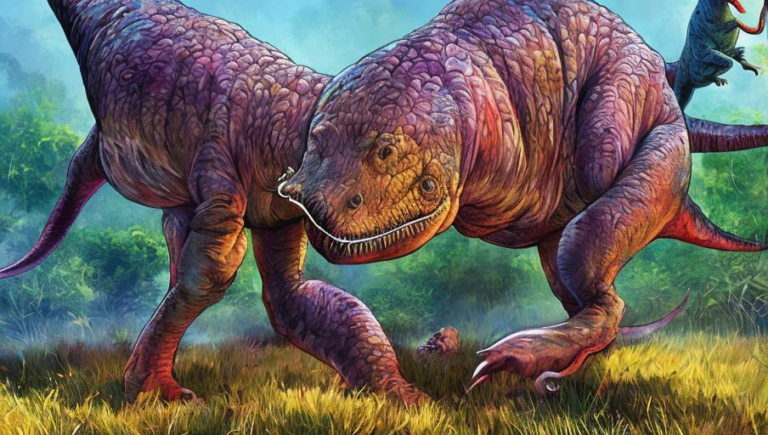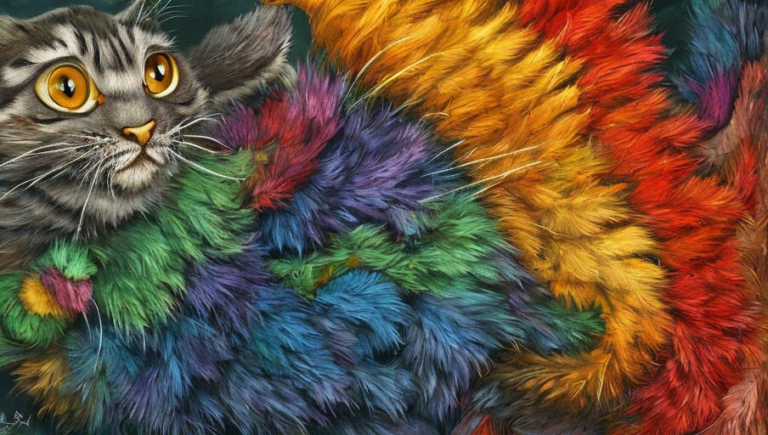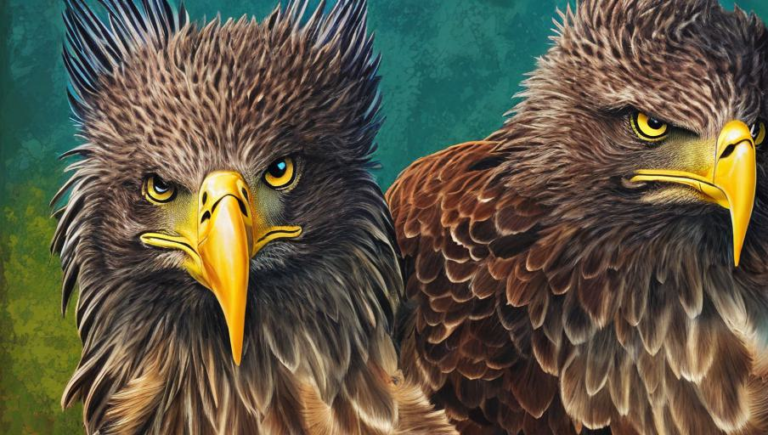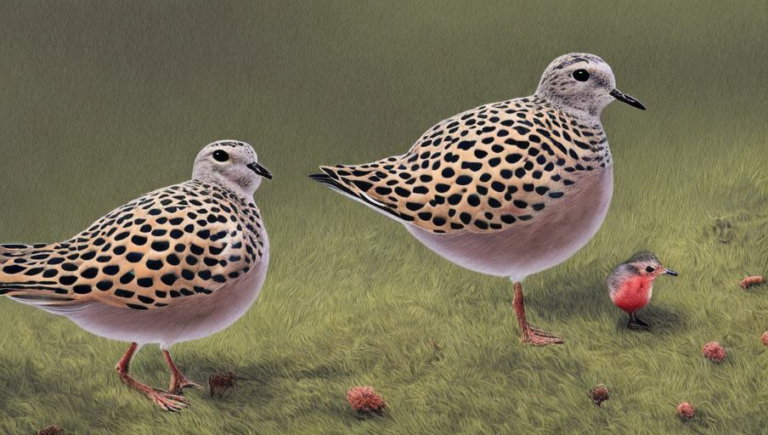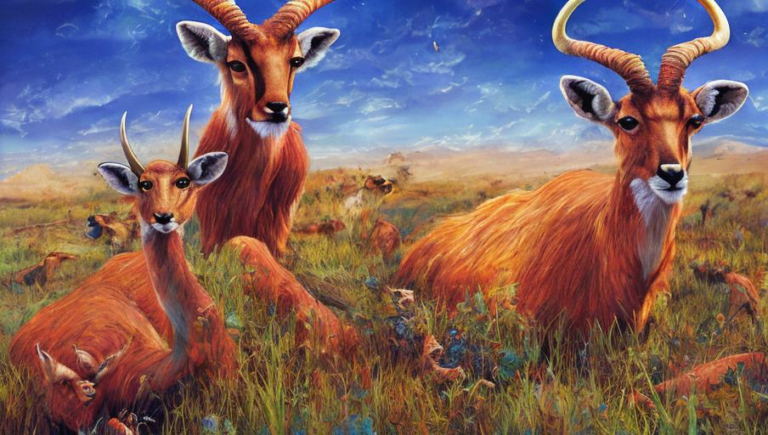Revealing the Secrets of the Aardvark
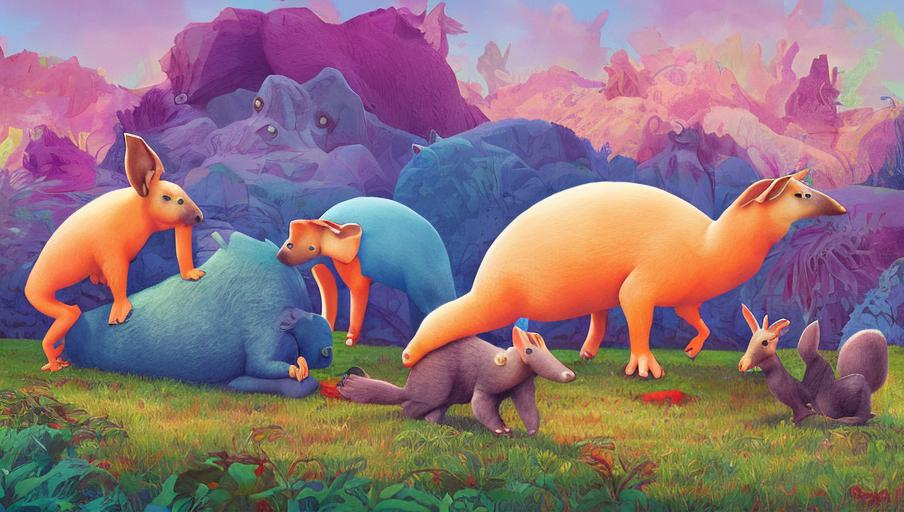
Introduction
Aardvarks are an elusive species of mammals found in Africa, with many people never having seen one in the wild. However, these fascinating creatures have a few secrets that are worth uncovering. This article will explore the unique adaptations and behavior of the aardvark, and how they help it survive in the wild.
Physical Adaptations
Aardvarks have several physical adaptations that help them survive in the wild. They have a long snout, which they use to sniff out food, and their ears are large and floppy, allowing them to hear any potential predators. They also have sharp claws that help them dig burrows, where they sleep during the day and search for food at night. Aardvarks have thick, protective layers of skin and fur to protect them from the sun, and their eyes are specially adapted to see in the dark.
Behavioral Adaptations
Aardvarks are nocturnal, meaning they are most active at night. They use their claws to dig deep burrows in the ground, where they sleep during the day and forage for food at night. Aardvarks are also solitary creatures, meaning they live and hunt alone. They mark their territory with scent glands located on their feet, which help them to recognize their own burrows and avoid competitors.
Diet and Foraging
Aardvarks are omnivores, meaning they eat both plants and animals. They mainly feed on ants and termites, but they also eat fruit and vegetables when they can find them. Aardvarks are very efficient diggers, and they use their claws to break open ant and termite mounds to get to the tasty morsels inside. They also have an excellent sense of smell, which helps them locate food in the dark.
Threats to Aardvarks
Unfortunately, aardvarks are threatened by human activities such as deforestation, habitat destruction, and poaching. They have also been hunted for their meat and skin, which has greatly reduced their population in some areas. Conservation efforts are needed to ensure that aardvarks can continue to exist in the wild.
Conclusion
The aardvark is a fascinating animal with many unique adaptations that help it survive in the wild. Its physical and behavioral characteristics, as well as its diet and foraging behavior, are all aimed at ensuring its survival. Unfortunately, human activities have put aardvarks at risk, and conservation efforts are needed to ensure their future.
